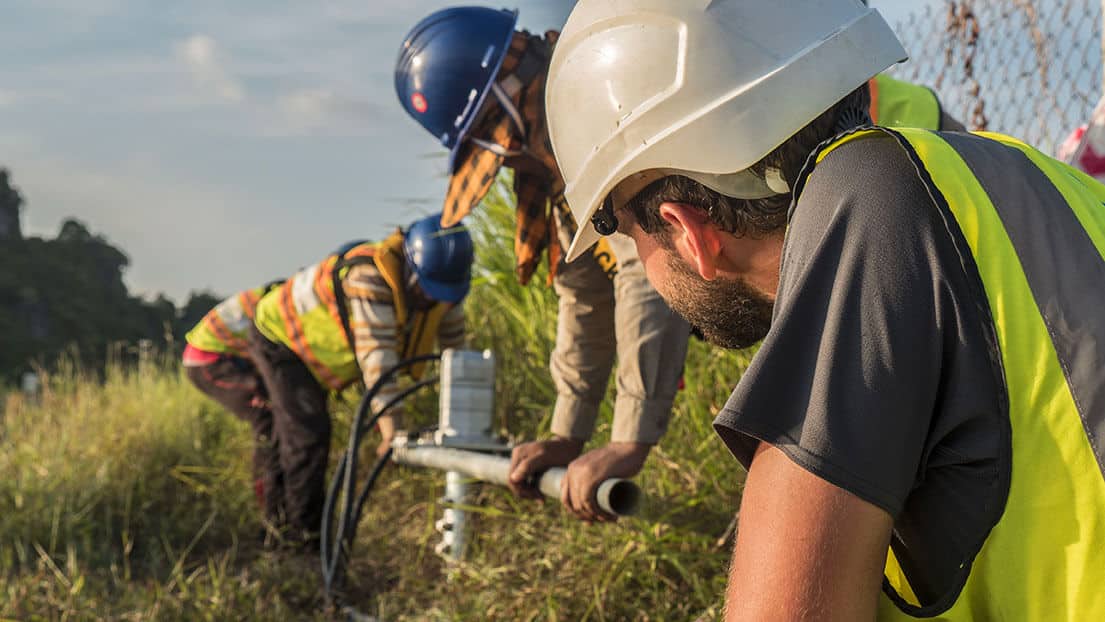Floating solar
Laketricity combines solar energy with water conservation

Laketricity combines solar energy with water conservation
Floating solar power is based on the same electrical principles as ground-mounted and rooftop power plants. What sets it apart is its removeable floating structure, which means it can be installed in unused spaces to deploy large capacities on all types of water.
This is one of the least impacting applications of photovoltaics, since it relies on the use of spaces already in use or exploited for another activity. In fact, this technology meets the growing need to produce clean energy and represents a sustainable solution to land scarcity, the preservation of precious land, deforestation and conflicts of use with existing activities.
Today, the potential for floating solar power worldwide is estimated at over 4TW (source : DNV Institute study published in 2021). Offering a wide variety of applications, the development possibilities and compatibilities are vast.
Irrigation & Winery
Quarry and mining lake
Hydroelectric dam
Aquaculture & Fish farming
Retention pond & Drinking water reservoir
Water treatment pond & Industrial site



In addition to developing your floating solar project, we can integrate other solar power generation solutions to meet your needs and objectives.
At Laketricity, we strive to ensure that our floating solar power plants are well integrated into their environment. To achieve this, we imagine and design tailor-made solutions and systems to cover needs linked to the preservation of biodiversity, or to the social or economic activity of your site.
We mobilize all the expertise needed to build an intelligent floating solar project, working with highly qualified design offices to cover environmental, landscape, tourism and flood risk issues.
Right from the preliminary development phases, we carry out the environmental studies required for the successful development of the project. We also ensure that the plant is sized to meet the specific requirements and challenges identified for your site.
Indeed, our engineering teams design tailor-made layouts for the photovoltaic power plant and its anchoring. This enables us to guarantee optimized energy production, while respecting the environment and ensuring the plant’s long-term safety.
Ciel & Terre’s anchoring engineering experts will advise and design the most appropriate anchoring system based on site conditions and site owner preference. There are several types of anchoring systems:
The floating solar power plant cannot drift and hit the banks because it is anchored to the bottom and/or the banks of the site. Therefore, the movement of the floating solar power plant is limited by the anchor lines, which give it the flexibility needed for its durability. During the design of the anchoring, the engineering team calculates the movement of the floating PV plant and ensures that it will not hit the banks nor drift.
There is no size limit for a full-scale floating photovoltaic installation. For anchoring reasons, large-scale projects must be composed of several PV islands.
For example, the 70 MWp de Anhui Cecep (China) is composed of 13 floating PV islands.
Submit your application